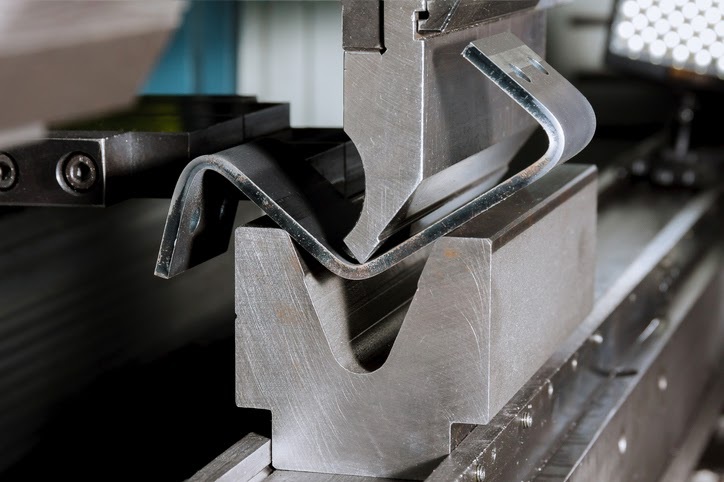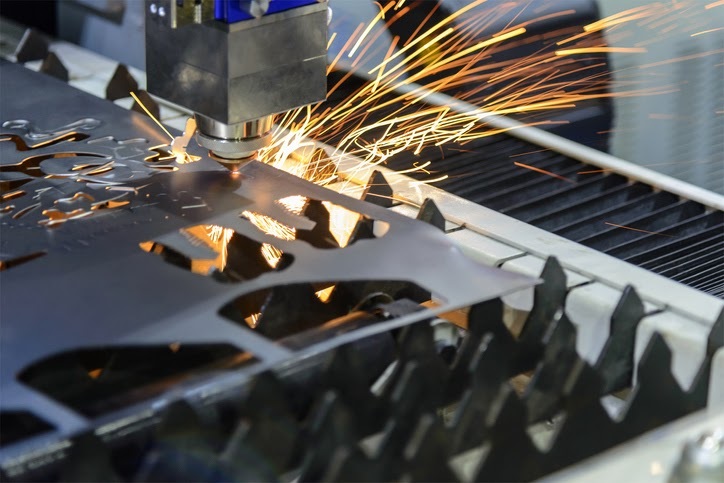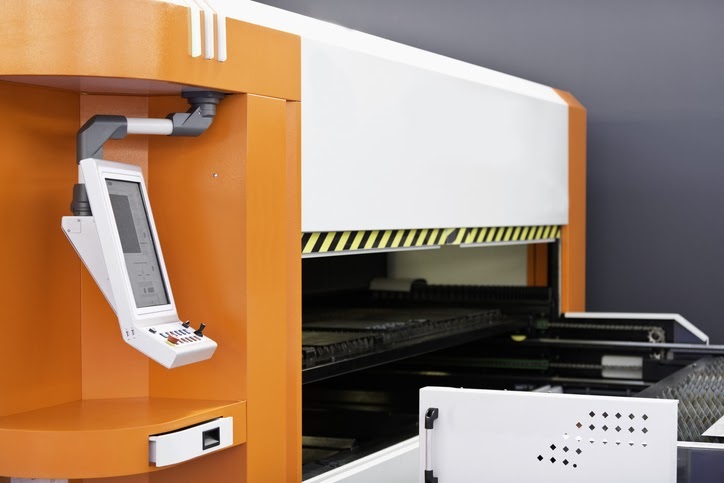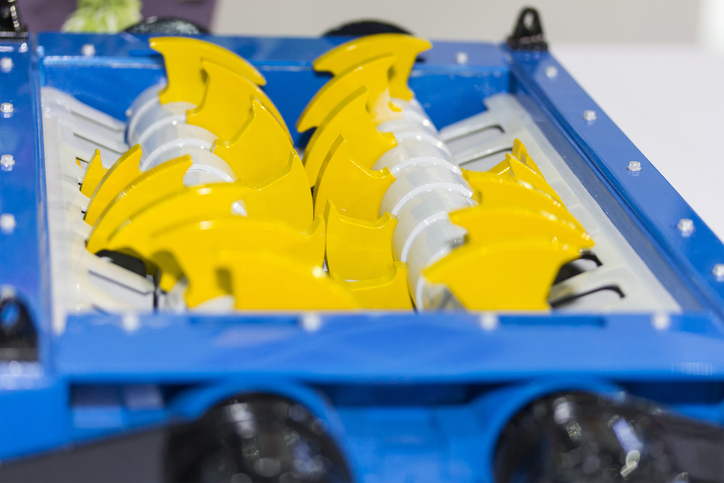We live in a technology-driven world. Technology has greatly revolutionized our daily operations to a considerable extent. One such revolutionary invention is the Fiber laser. This insurgent technology was invented by Elias Snitzer in the year 1961. Since then till now, fiber lasers have taken the world by storm.
In the modern world, very few or no industries make use of traditional fiber lasers. Due to their all-inclusive range of wavelengths, they are used in industrial environments for tasks that include welding, cleaning, texturing, cleaning and so on. CNC press brakes are also used to bend sheet metal. These press brakes are narrow and long in order to bend large pieces of sheet metal.

How are fiber lasers categorized?
Fiber lasers are usually categorised based on the following parameters:
The source of the laser
Fiber lasers come in different variations based on the material with which the laser source is fused. Some of these materials include ytterbium-doped fiber lasers and erbium-doped fiber lasers.
All these laser variants are used for various applications as they generate different bands of wavelength.
The mode of operation
Different variants of lasers release beams differently. Laser beams are sometimes pulsed at a set rate of repetition to achieve high-peak powers. At times, they continuously generate the same amounts of energy.
In the first case, the examples include “q-switched”, “gain-switched”, and “mode-locked” lasers. The second case includes unending wave fiber lasers.
The power of the laser
The power of the laser is expressed in terms of watts. Watt is the SI unit of electrical power. One can possess a 60W fiber laser, 80W fiber laser, and so on.
It is interesting to note that, High-power lasers generate higher extents of energy, faster than low-power lasers; there are basic underlying physics principles.
Mode
The mode is the size of the core where light projects its trajectory. This is present in the optical fibers. There are two primary types of modes; let us see and understand these modes:
Single-mode fiber lasers
The core of single-mode fiber lasers is thinner than the core of its counterpart.
Its beam quality is better than its counterparts’ beam quality.
The energy distribution is Gaussian.
The intermediate energy density is the highest.
Its 3D map is a sharp, defined circle.
Multi-mode fiber lasers
The core of multi-mode fiber lasers is less smooth than the core of single-mode fiber lasers.
Their energy distribution is smaller than that of their counterpart.
The 3D image is an average of a single-mode spot.
The 3D trajectory is that of an inverted cup.

How does a fiber laser work?
Fiber lasers have specialized elements, namely laser diodes. They make use of pump light from these laser diodes. Laser diodes emit light.
Optical elements located in the cable are later used to generate a particular band of wavelength. After the generation of a specific wavelength, optical components also help amplify it. The resulting laser beam is then shaped and released. Let us now understand how each component helps perform this operation:
Creation of light in laser diodes
Diodes use a couple of semiconductors to generate light.
The first semiconductor is positively charged, meaning the absence of an extra electron.
The second one is negatively charged, meaning the availability of an extra free electron.
We know that opposite charges attract each other. Thus, when these charges meet, they try to fuse. But in order to do this, the free electron needs to be released as a pocket of energy, also known as a photon.
Once the current starts flowing via the semiconductors, the flow of photons increases readily. Ultimately, this light is pumped into the fiber-optic cable and is used to generate the beam of laser.
The pump light goes to the fiber-optic cable
To converge light into a single direction, fiber-optic cables make use of two components, namely, the fiber core and cladding. The core is made up of silica glass and it is where the light travels.
Cladding is the material that backs the core. When the beam of light hits the cladding, it bounces back into the core. This is seen because cladding provides total internal reflection.
Amplification of light in the laser cavity
After the beam of pump light travels through the fiber-optic cable, it gradually enters the cavity. When bundles of light, also known as photons hit other particles, the particles end up releasing photons and CNC press brakes
These photons are reflected back into the cavity and more pump light is spiralled into the cavity, this results in the release of more photons, hence, the light is amplified.
1. A laser beam of a specific wavelength is created.
2. Once the laser beam is created, it attains a definite shape and is then released.
What are the advantages of fiber laser cutting machines?
Fiber laser cutting machines are great investments. They are efficacious and make work easy in fast-paced industries. They have various benefits, let us see some of them:
They are economical
Fiber laser cutting machines are pocket-friendly and do not require a lot of maintenance.
The focusing lens, if regularly maintained, lasts considerably longer and will not require regular replacements. In the long run, this helps save substantial amounts of money.
Boost in the speed of cutting
These machines are extremely efficient at what they do. When cutting a straight line of 1mm thickness, these machines tend to cut three times faster than ordinary, traditional laser cutting machines. This gives them an edge over their counterparts. They are demand-oriented and boost productivity.

Ability to cut reflective material
Traditional lasers are problematic when it comes to cutting reflective materials. There is always room for laser to bounce back while cutting reflective materials.
This can prove damaging to the equipment. Fiber lasers eliminate the chance of bouncing back of the laser.
Enhanced electrical efficiency
Conventional lasers need substantial amounts of energy to converge the laser beam. In comparison, fiber lasers are electrically efficient and save power.
Due to their lower energy requirements, a considerable amount of years are added to the life of the hardware.
Want to know more?
To make well-informed choices, reach out to Applied machinery. We strive at providing the best quality goods and services to our customers. Our products are demand-oriented and provide users with a seamless user experience. We are your one-stop solution for all laser-related issues and industry equipment.










